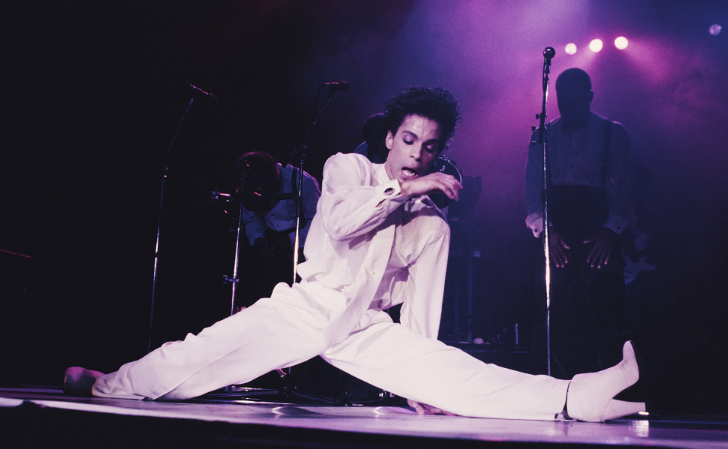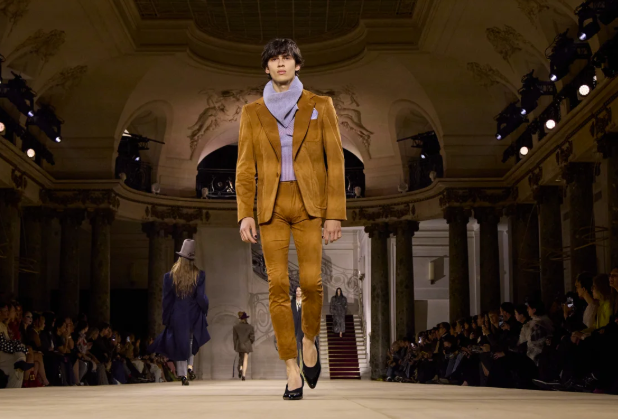
At Paris Fashion Week 2025, men strutted in stilettos and platforms like it was second nature—Vivienne Westwood’s slouchy boots, Louis Vuitton’s chunky loafers on Jaden Smith, even a Rick Owens runway moment featuring gravity-defying clear heels. But here’s the twist: this isn’t some radical new trend. High heels were once exclusively a male status symbol. So what happened?
A History of Height: When Heels Were for Kings
Before the 17th century, heels were strictly for men. Persian warriors wore them to stabilize stirrups; European aristocrats adopted them as a symbol of power—literally. The taller the heel, the higher your rank. Louis XIV, infamous for his 5-inch red heels, even banned lower classes from wearing them. It was peak “male femme fatale” energy.
Then, women began embracing heels for their “dainty” aesthetic, and masculinity shifted. By the 19th century, industrialization pushed men toward practicality—boots for labor, loafers for office work. Heels became coded as “feminine,” and men who kept wearing them risked being labeled effeminate.
The 70s-80s: Glam Rock’s Failed Heel Revolution

Glam rock icons like David Bowie and Marc Bolan tried to revive male heels with glittery platforms and knee-high boots. But while they slayed on stage, mainstream culture pushed back. Men who wanted a height boost resorted to secret inserts—those tragic foam lifts that often betrayed their wearers with awkward clunks.
Even in the 80s, when Michael Jackson’s glittery loafers and Prince’s bedazzled booties turned heads, heels stayed firmly in “costume” territory. Society wasn’t ready for a man in pumps at the office.
Today: Heels as Rebellion, Not Norm
Fast forward to 2025, and male heels are making a cautious comeback—as a statement. Designers like Rick Owens and Demna Gvasalia weaponize them for shock value, while stars like Jared Leto and Billy Porter wear them to red carpets, daring audiences to judge.
But the market remains tiny. When Porter collaborated with Jimmy Choo in 2021, his gender-neutral heels sold out—but only because they were novelty. Most brands still don’t offer extended sizes for men. Why? Fear of alienating core customers. As stylist Law Roach puts it: “Heels on men? The world isn’t ready. Yet.”
The Real Reason Men Stopped Wearing Heels?
It’s not about comfort or practicality—it’s about control. Heels challenge rigid ideas of masculinity. When a man wears them today, he’s saying: “My style isn’t dictated by your gender rules.” And that’s threatening.
But times are changing. Gen Z’s fluid approach to fashion is blurring lines. Could we see a day when male heels are as common as sneakers? Only time (and a few brave trendsetters) will tell.
Would you rock heels? Let’s debate in the comments! 👠
